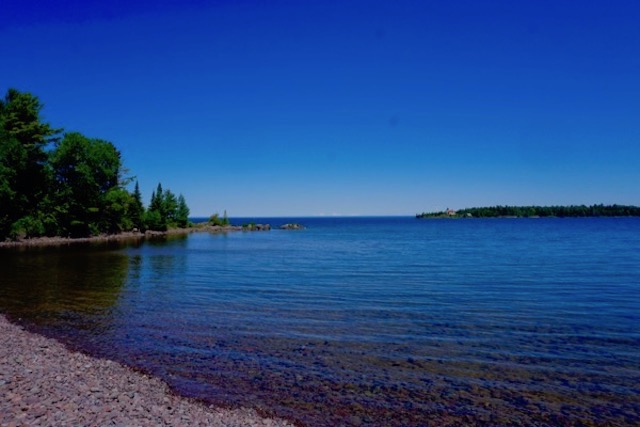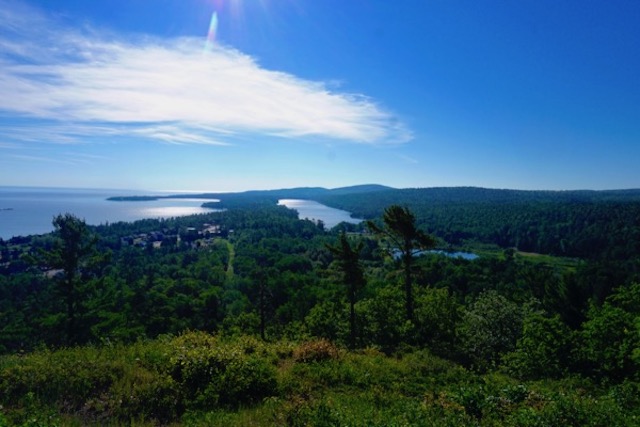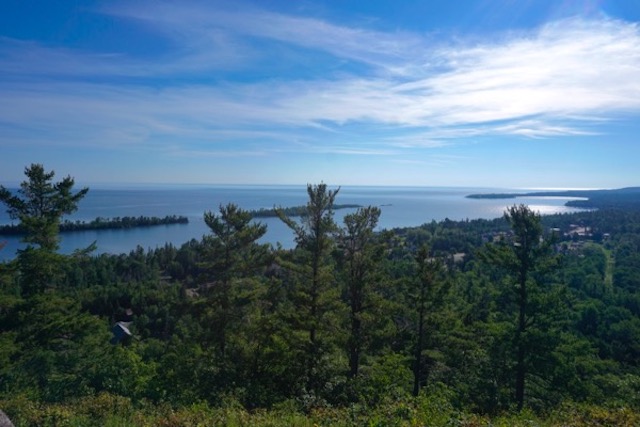NJ Gov. Murphy Approves Stealth State Parks Privatization Provision In Emergency COVID Budget
Liberty State Park Highly Vulnerable to Private Development
NJ Gov. Murphy signed an emergency COVID budget that includes a provision that could lead to private development and commercialization of State Parks, including the controversial proposed development of Liberty State Park.
It remains unclear exactly how the privatization language was stealthed into the budget by lobbyists, but it was approved by the Governor’s Office, over the objection of several legislators and park advocates.
Here is the language, as in the adopted emergency budget law the Gov. just signed (@ page 95)
On or before September 1, 2020, the Department of Environmental Protection shall issue a solicitation to engage the private for-profit and non-profit sector in reducing maintenance and capital investment backlog and environmental remediation at state parks in order to facilitate enhanced cultural, recreational and local economic opportunities for New Jersey residents through appropriate means including leaseholds.
This is actually far worse than Gov. Christie’s Parks privatization schemes we’ve been harshly critical of, including attempts to develop Liberty State Park.
And the language is a mandate, on an incredible short timetable. It is rare for the legislature to mandate that DEP do anything and rarer still that the mandate includes a very short timetable.
After the stealth move was discovered, several legislators issued an incredibly harsh statement strongly opposing the outrageous “back door” move and urged the Gov. to conditionally veto the language.
The Gov.’s Office not only signed the language into law, the Gov.’s Office defended it.
The Hudson Reporter story focused on Liberty State Park, but the language applies to and threatens all State Parks (read the whole thing!):
Back door’ line item could privatize parts of Liberty State Park
Despite calls from legislators and open space advocates, Gov. Phil Murphy signed a three-month budget extension bill, which includes language that could lead to the privatization of parts of state parks like Liberty State Park. […]
‘Sneaky’ move
Senator Loretta Weinburg called on Murphy to veto the line item, calling it a “sneaky” attempt to change public policy.
“Advocates have fought for years to keep Liberty State Park free from private development and open to all,” said Senator Weinberg. “They have worked far too hard to have their efforts thwarted by a few lines buried in an emergency, never-before-done budget at the crest of a global pandemic. This was a sneaky, backdoor way to attempt to change important public policy…”
“New Jersey is attempting to navigate entirely uncharted waters and needs to focus on the essential business of keeping people safe, keeping our economy afloat and supporting the people who have been affected the most by this virus,” Weinburg said. “This was a shameful sleight of hand by a couple of paid lobbyists, and it is simply not how these things should be done – not ever, but certainly not now.”
Senator Brian Stack, Assemblywoman Annette Chaparro, and Assemblyman Raj Mukherji released a joint statement on the language, which they say was sneaked into the bill.
“The irony of sneaking in language compelling the privatization of our state parks in a budget continuance amid a global pandemic is that so many New Jerseyans have found relief in nature, including Liberty State Park and her sister state parks, during the pandemic…Now, more than ever, we must fight to ensure that Liberty State Park remains a free, open, urban green oasis protected from commercialization and privatization,” they said, calling for immediate passage of the Liberty State Park Protection Act (LSPPA).
The governor’s office said it will work with the DEP to evaluate options that will keep parks accessible for residents.
This has nothing to do with “access” to State Parks.
This is about whether the State parks will be privatized, developed, and commercialized and controlled by private for profit corporations.
By signing off on this disgraceful corrupt privatization measure, Gov. Murphy has shown utter contempt for the public and State Parks and revealed his true Wall Street values.
DEP Commissioner McCabe must ignore the law or resign in protest if she is pressed to comply with it.



